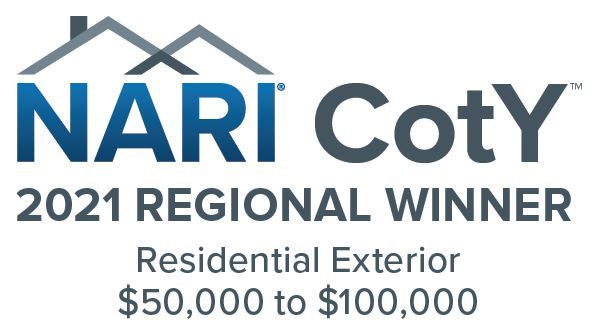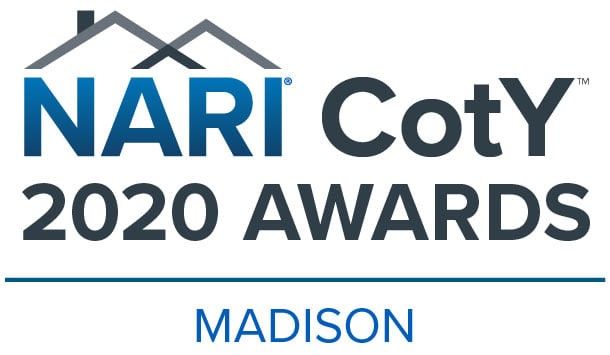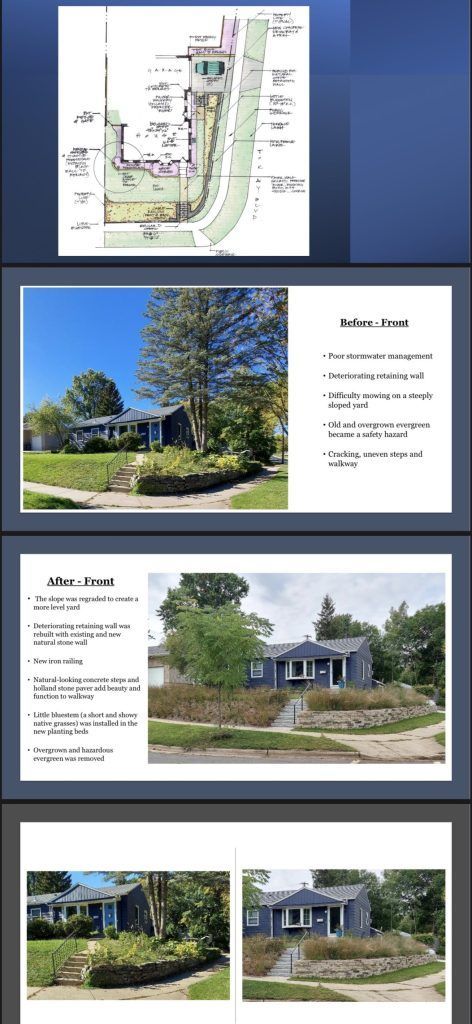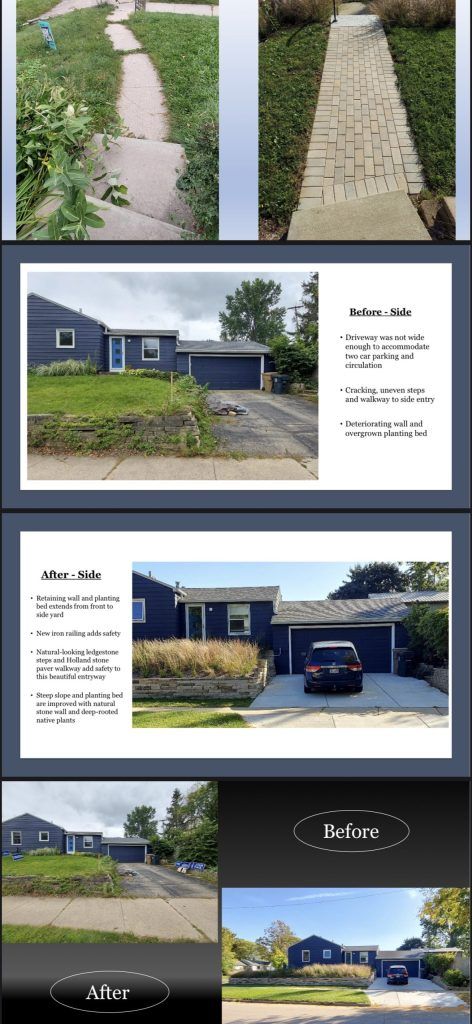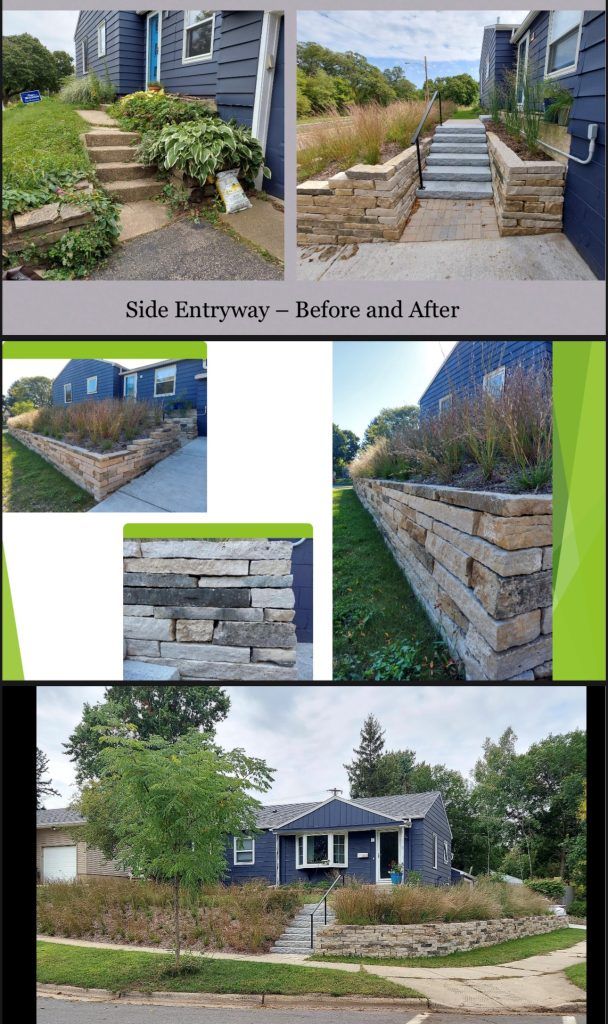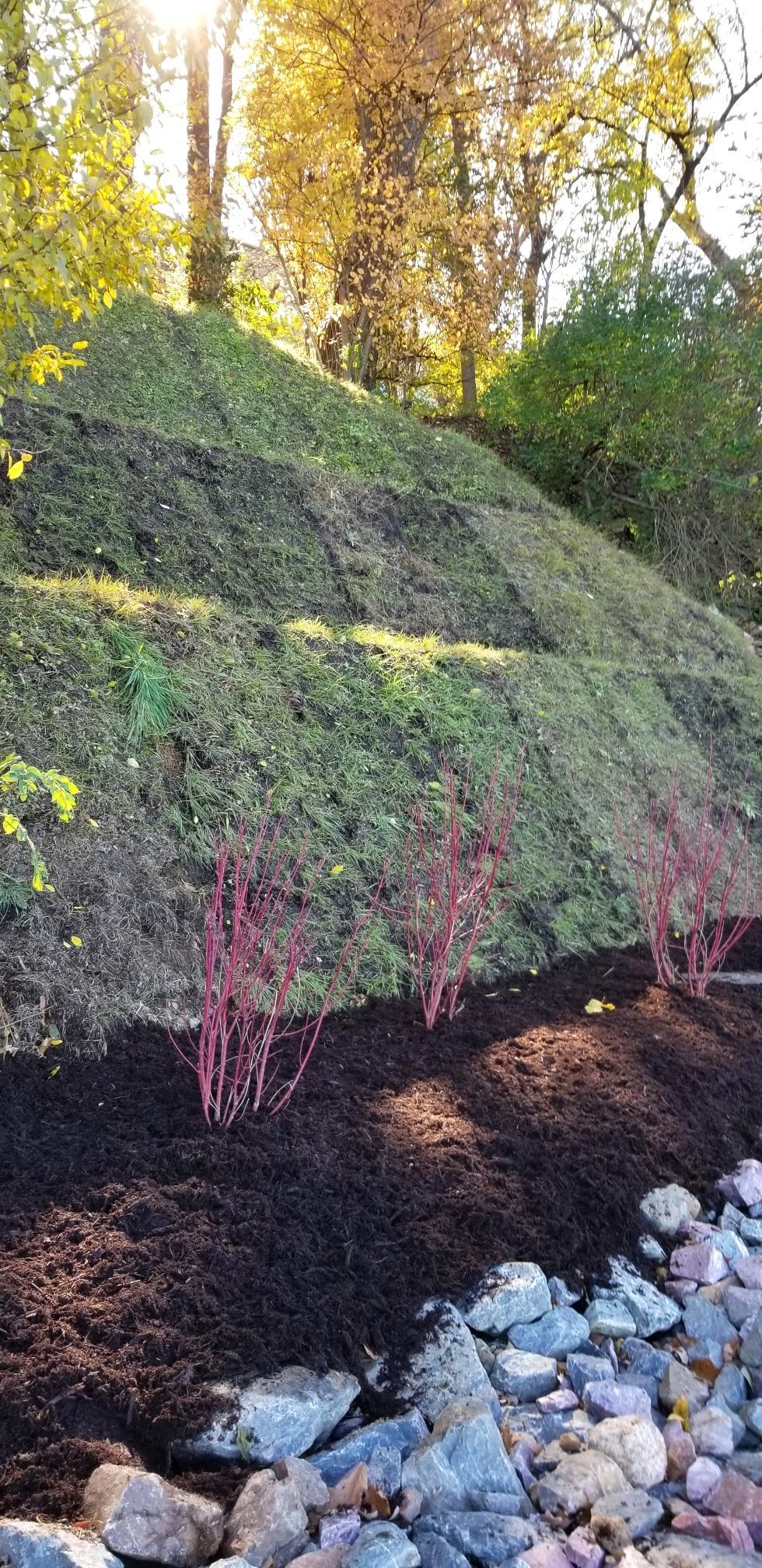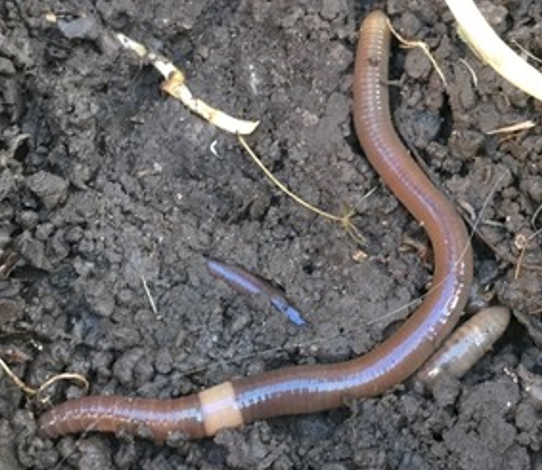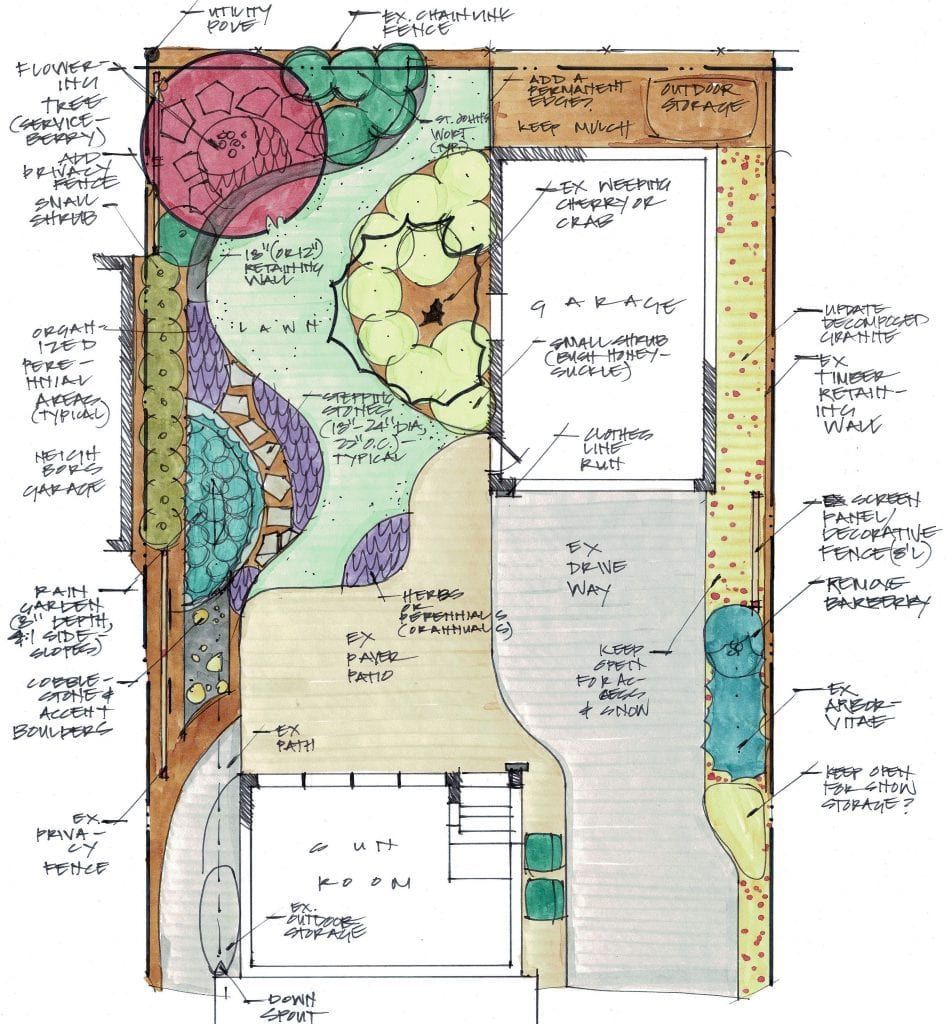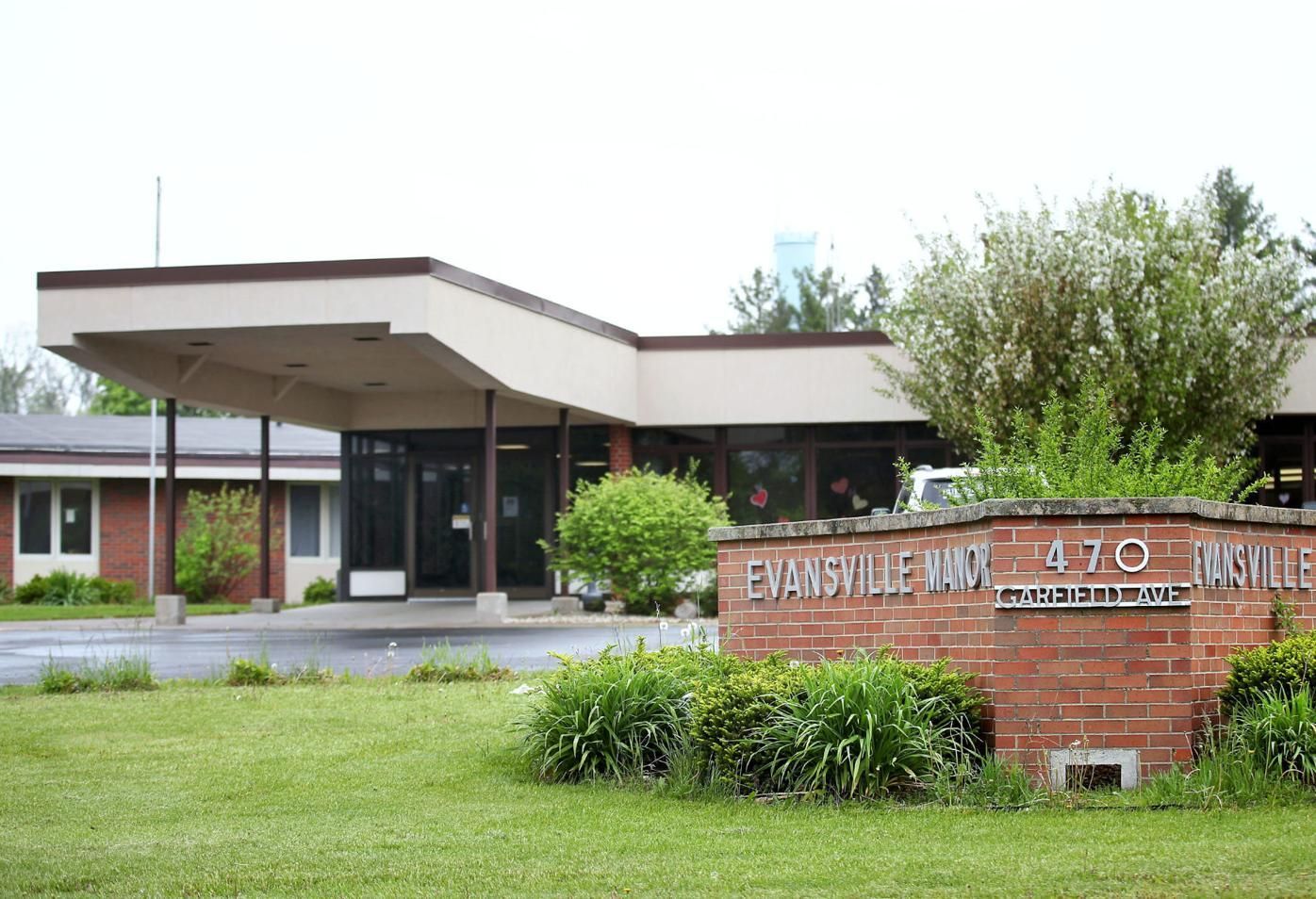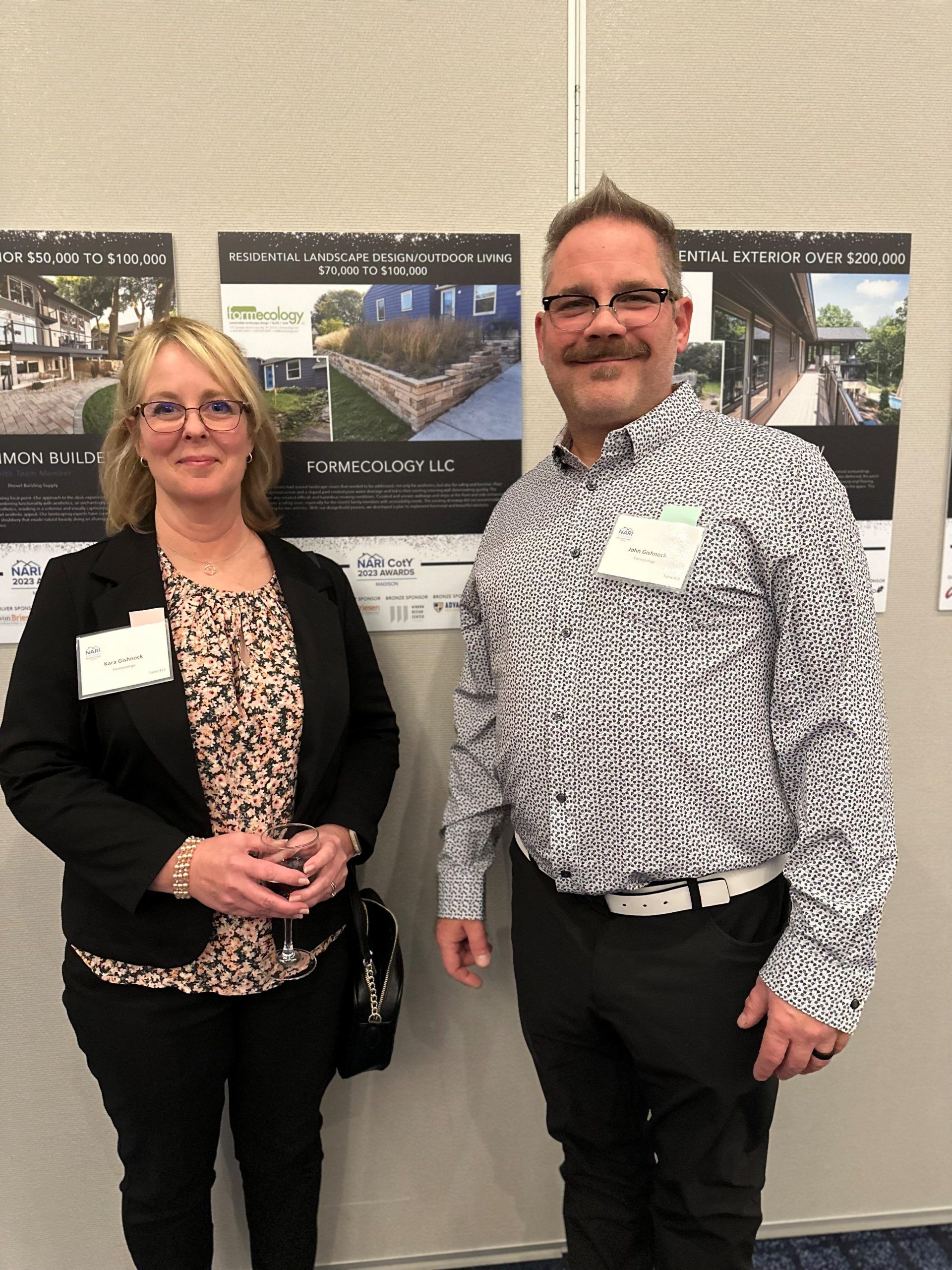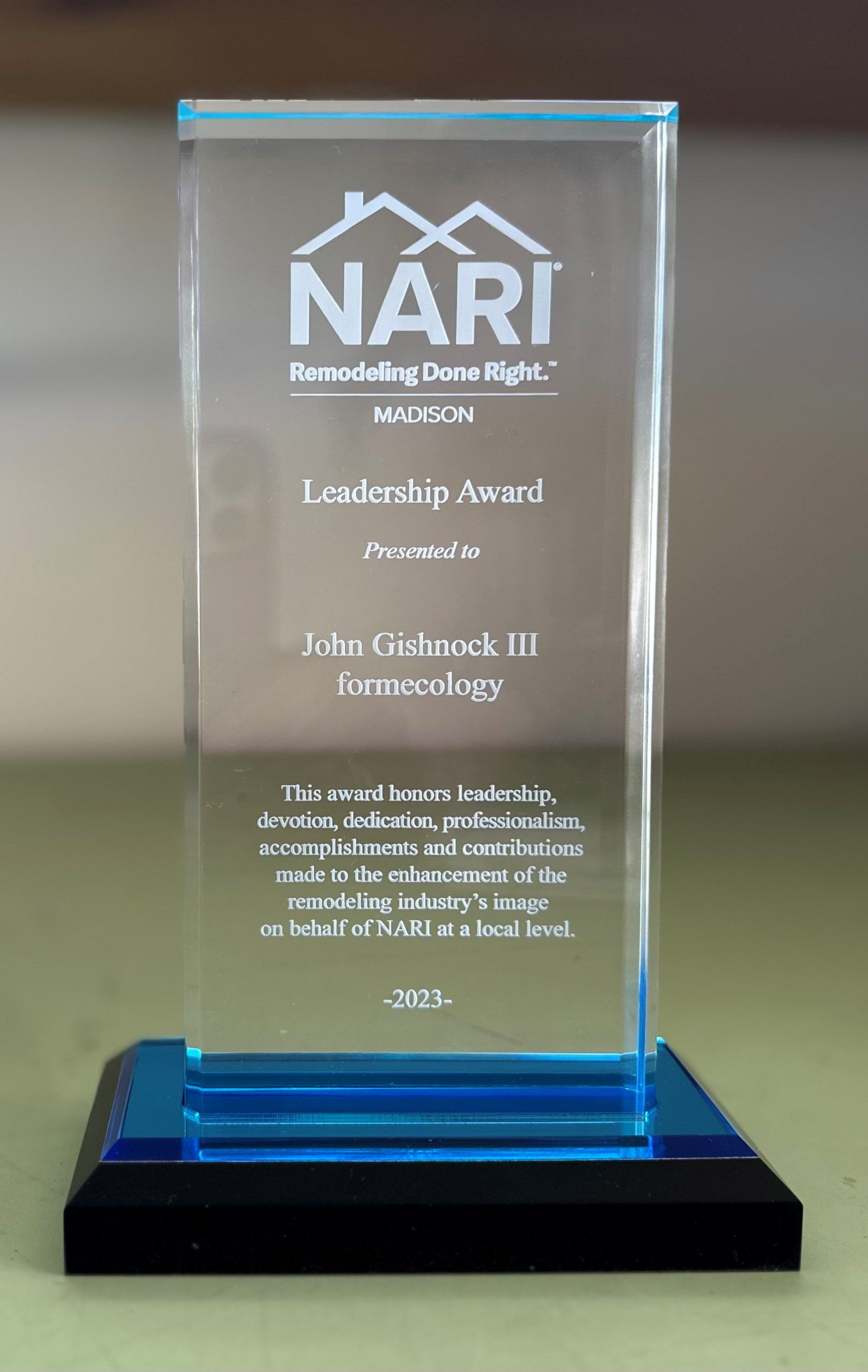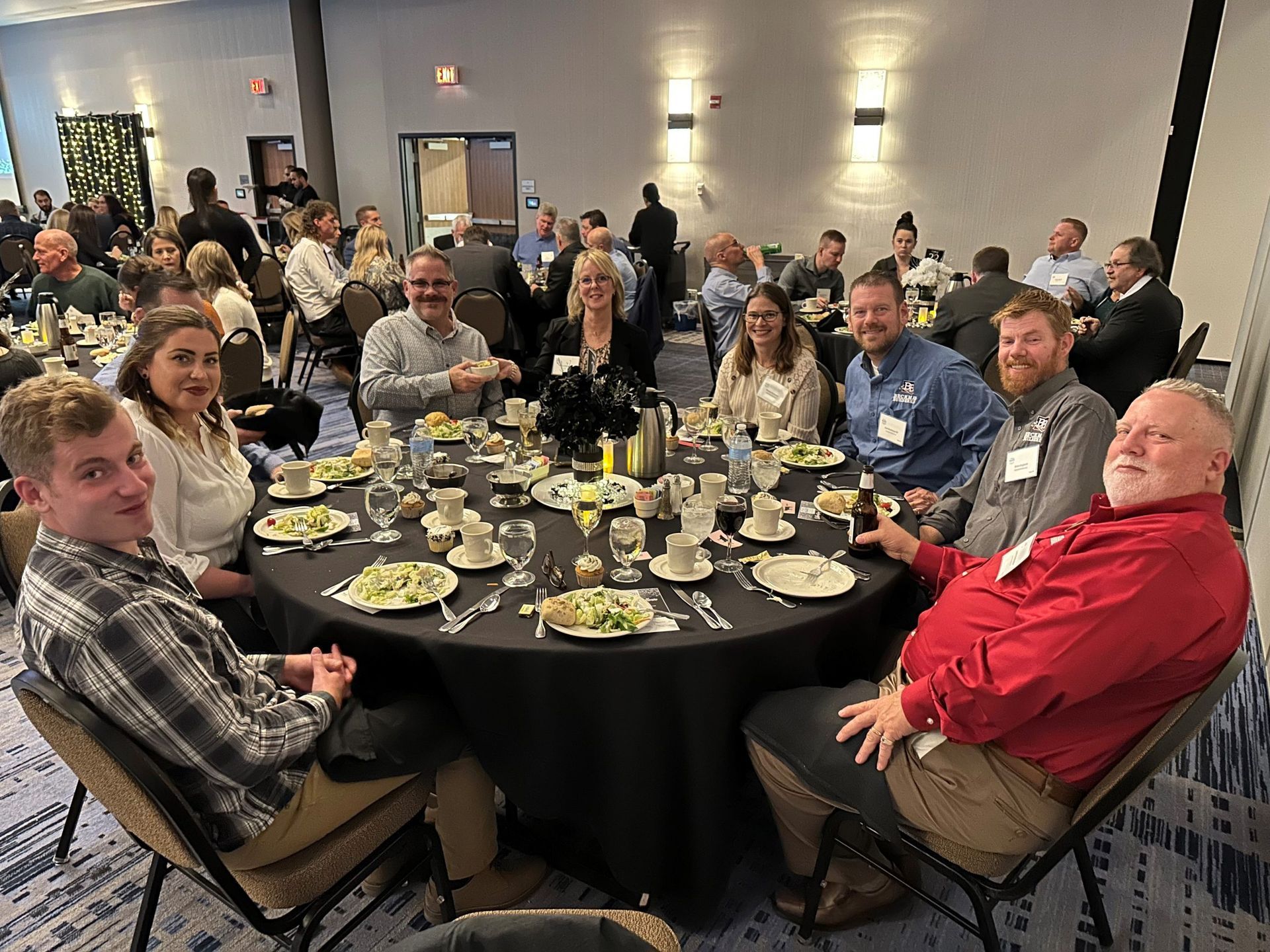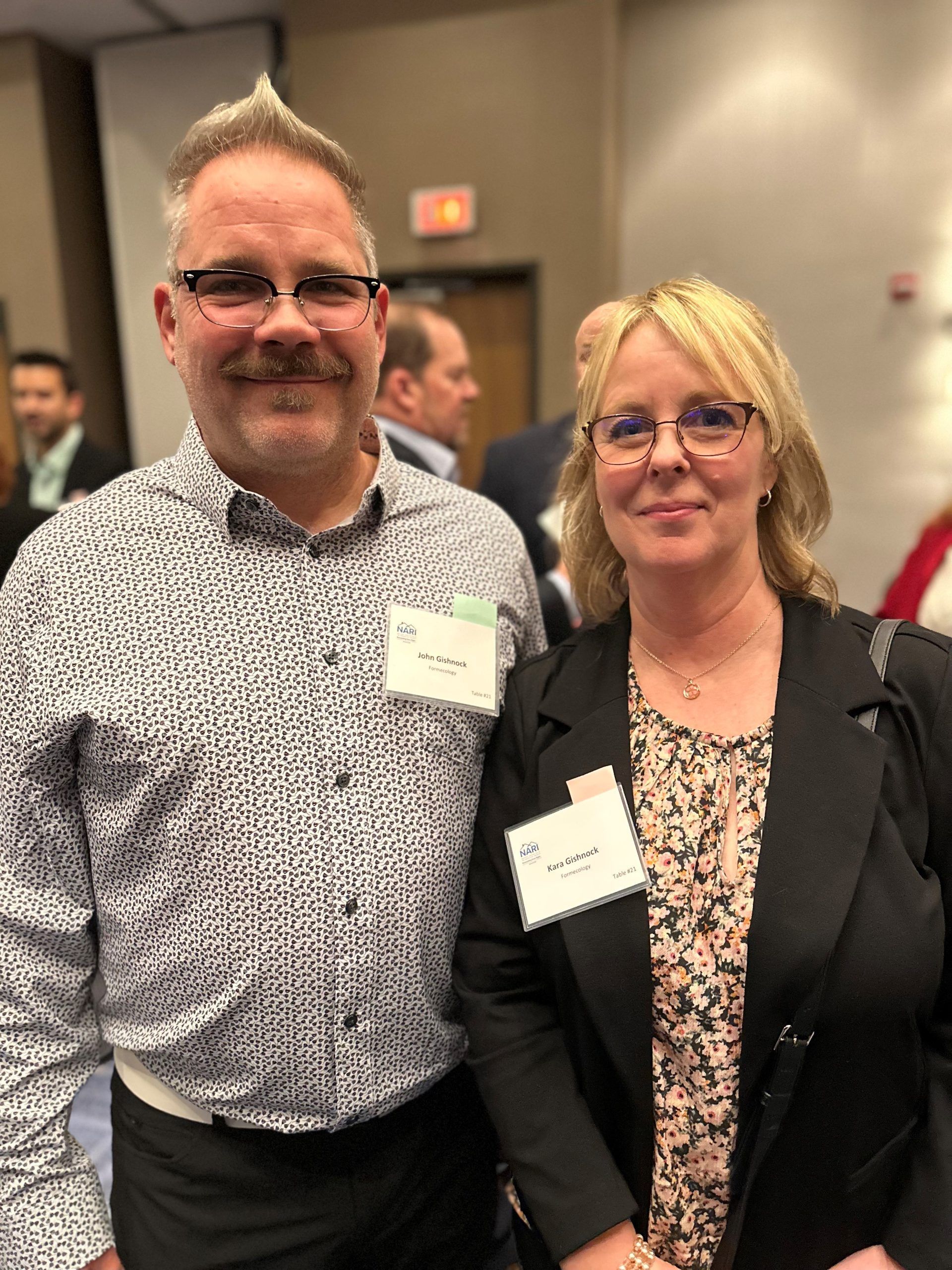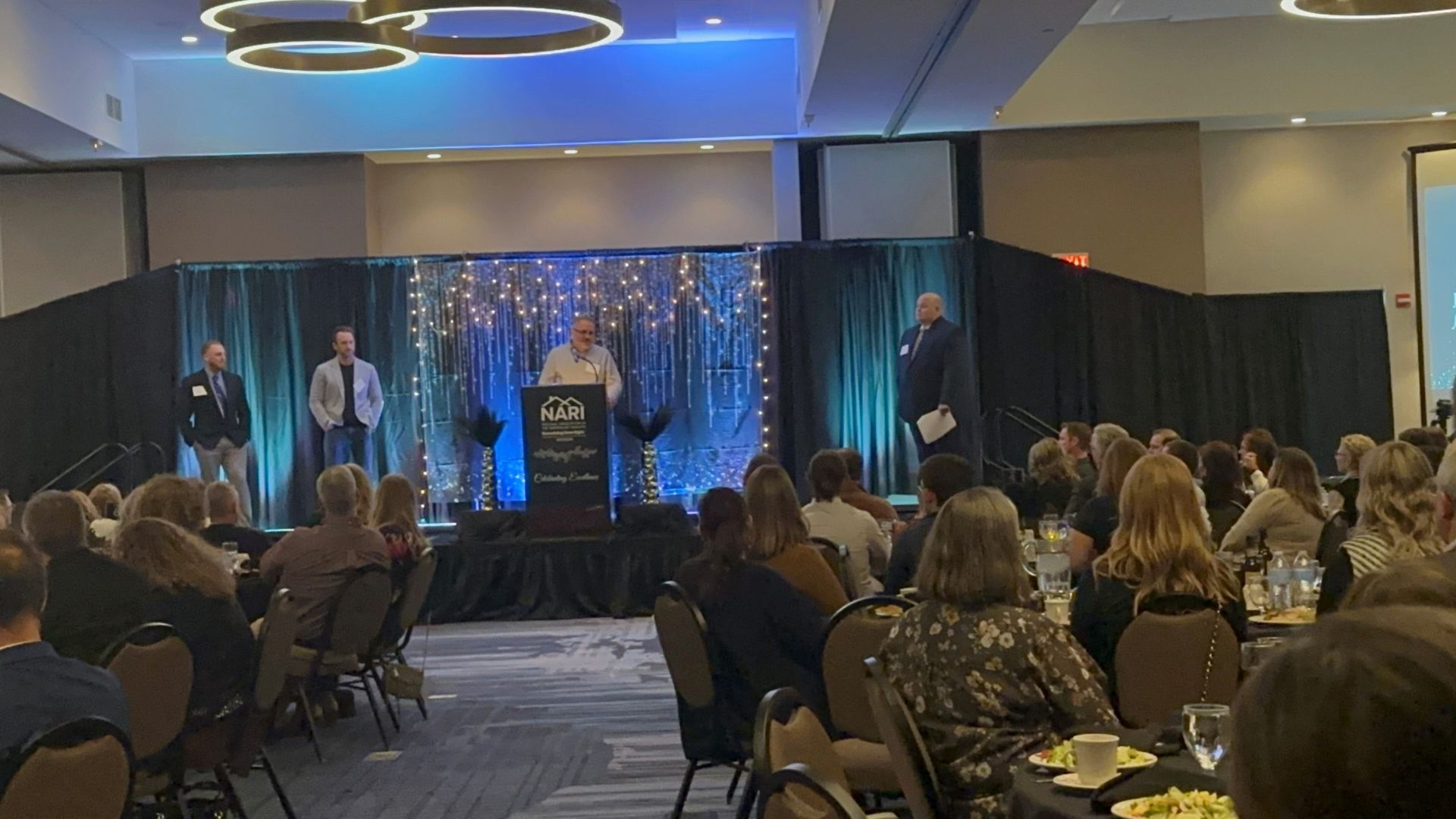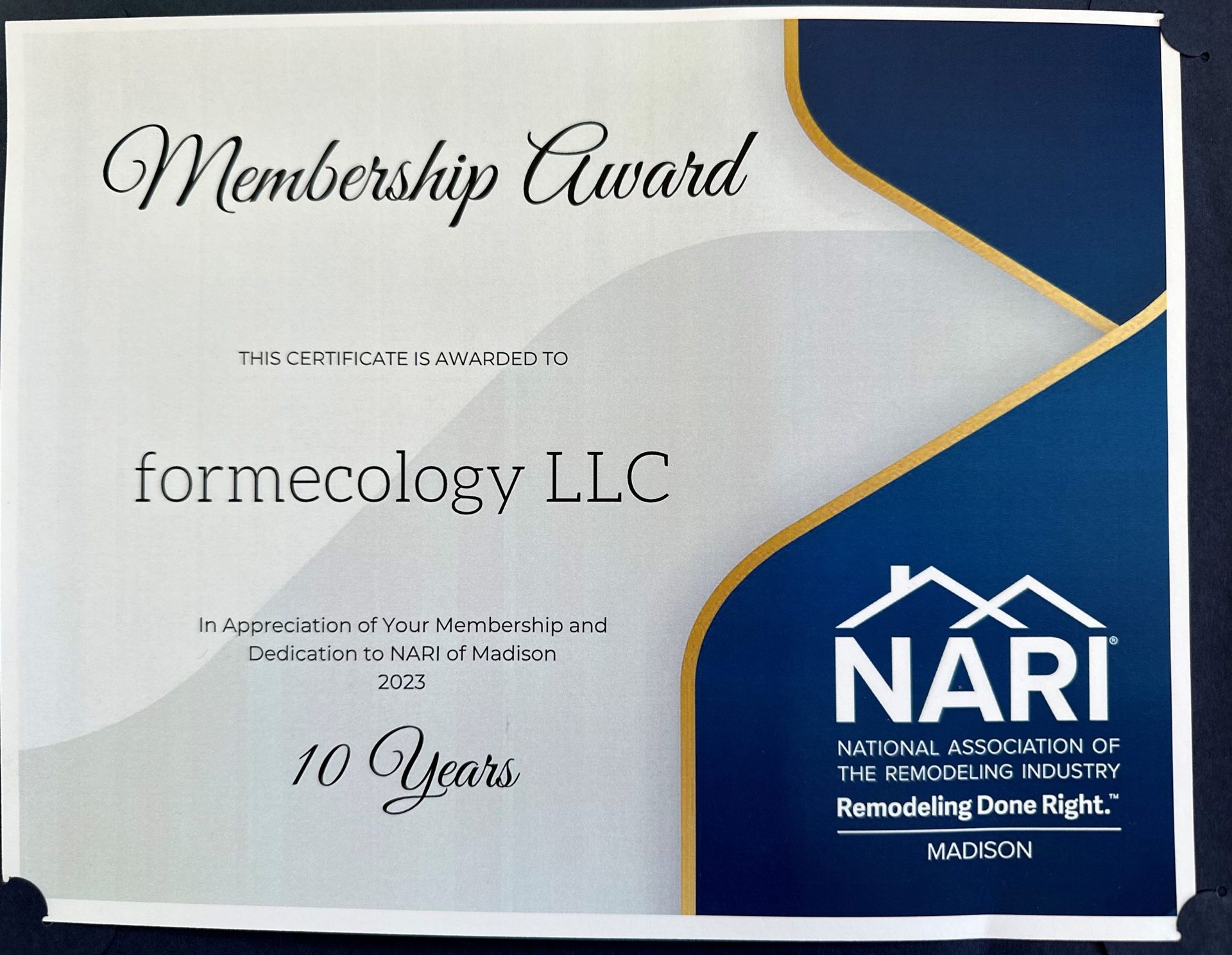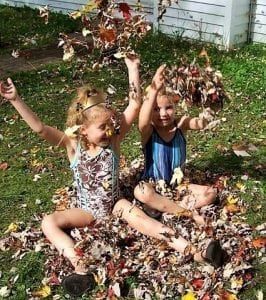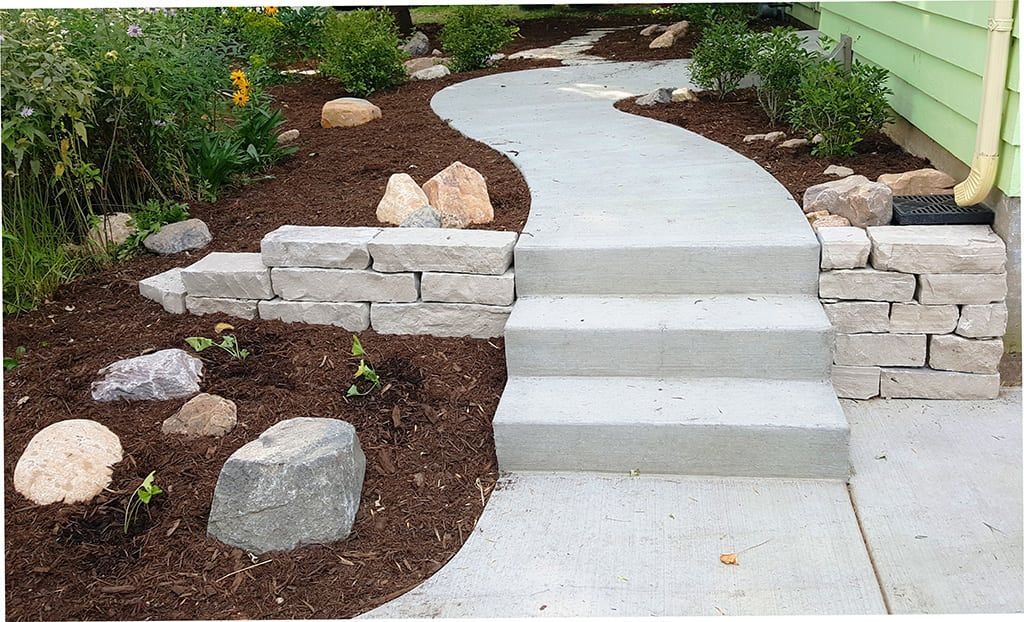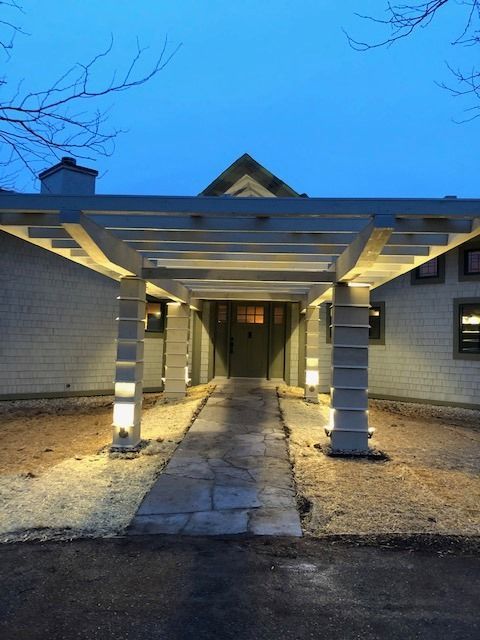December 6, 2023
Working on a variety of sites we have seen the growing presence of jumping worms. Often our team will see crumbly, granular, loose soil—a sure sign of their invasion. You may have heard their name mentioned, “Asian jumping worms”, “crazy worms”, or “snake worms”, in horticultural contexts. Normally earthworms are beneficial to soil and plant health, however, these invasive species are destructive with a multitude of effective survival tactics. They first appeared in Wisconsin in 2013, and still there is much uncertainty regarding how they are to be eradicated. There are a few treatments available on the market that we at Formecology may try out for our clients. Before then, we will have to do some test runs. With awareness, background knowledge of their life history and appearance, and management, we can ensure a healthier ecosystem. There is a lot to consider here and research to be done in the coming years. We would love to hear your experiences (successful or not) in dealing with these crazy worms. Leave us a comment below! Appearance: “dry” appearance with bluish sheen. White clitellum (band in which the eggs are produced) and a length of 6-8 inches. Worms famously exhibit a fast “flailing” motion. This rapid thrashing helps escape predators with a 50% chance of survival. Presence often marked by pelleted soil clumps on soil surface. How They Spread: commercial compost and mulch, nursery stock, leaf piles, fish bait, raking, leaf blowing. Problem: Jumping worms wreak havoc to soil and plant health. They grow and reproduce more rapidly and consume more nutrients than any other earthworm in Wisconsin. Additionally, their eggs are protected by a cold and drought resistant cocoon that can withstand -40 degrees Fahrenheit! These cocoons are about the size of a mustard seed and are dark brown in color—easily hidden amongst soil. Jumping worms are parthenogenic, meaning they do not require a mate to reproduce. Worms typically produce up to 60 cocoons per clutch and can complete 2 generations within one year. These worms move fast too, expanding their territory up to 40 yards a year. These worms feed on plant roots, and beneficial mycorrhizae fungi, and disturb healthy soil. Soil affected by jumping worms has decreased moisture, compacted soil, increased erosion, and an increased risk of pathogens. This soil proves to be poor in structure and support for plants. In turn, this soil harbors a poor quality environment for native plants to grow and gives invasive plant species a chance to establish themselves. In a jumping worm-invaded habitat canopy cover may be thinned out as well as ground cover. The lack of vegetation exposes ground dwelling critters to potential predators resulting in reduced biodiversity of animals. Another issue presented by the worms is their 80% bio-accumulation of airborne heavy metals. Animals consumed by humans, such as chickens, eat these worms, and the heavy metals are passed down to humans causing potential health issues. Where: Dwell on soil surface, no deeper than 2-4 inches below the soil. Life Cycle: APR-MAY: worms hatch from egg/cocoon JUN-JUL: worms feed & grow ßthis is the best time to conduct an initial treatment AUG-SEP: worms lay eggs ß best time to conduct 2 nd treatment 1 ST FREEZE: adult worms die WINTER: eggs are protected in cocoons Management: Prevention: Buy landscape materials (plants, compost, mulch) free of cocoons and worms. Purchase mulch and compost that has been heated to 140 degrees Fahrenheit. Cocoons cannot survive beyond 104 degrees as well as pathogens. The Flower Factory nursery (located in Stoughton) has a 100% jumping worm-free guarantee as they sterilize their soil. If spotted: remove and destroy worms by sealing in a bag and throwing away. Apply treatment. Treatments: Early Bird: Advertised as a 3-0-1 fertilizer that was originally developed for golf course turf. Contains chicken droppings, kelp, and tea seed oil. The solution is potent and is to be diluted 20x before application. It is not recommended to spray an entire soil patch affected by worms, rather apply to new plants being introduced to the garden. If you do end up treating a large portion of soil, ensure the solution does not go further than 6 inches below, as that is where beneficial earthworms dwell. Within 10 minutes of application worms come to the soil surface. Within 20 minutes the worms are dead. Something to consider is that Early Bird lake run-off could harm fish. Finely-ground Biochar: Just a small amount added to infested soil can kill worms in 16 days. The sharp edges of the charcoal are designed to cut the guts of the worms. A question that popped into our heads: is biochar selective for crazy worms, or does it harm beneficial worms as well? Fungus: Bavaria bassiana (BotaniGard): Secretes enzymes that weaken bugs’ coats. Effectively kills worms in two weeks and kills approximately a ¼ of cocoons. We wonder if this fungus would be harmful to beneficial insects, like our pollinators. While it is too late in the season for treatment application, Formecology is keeping its eyes out for new, eco-friendly, safe solutions. Stay tuned!

